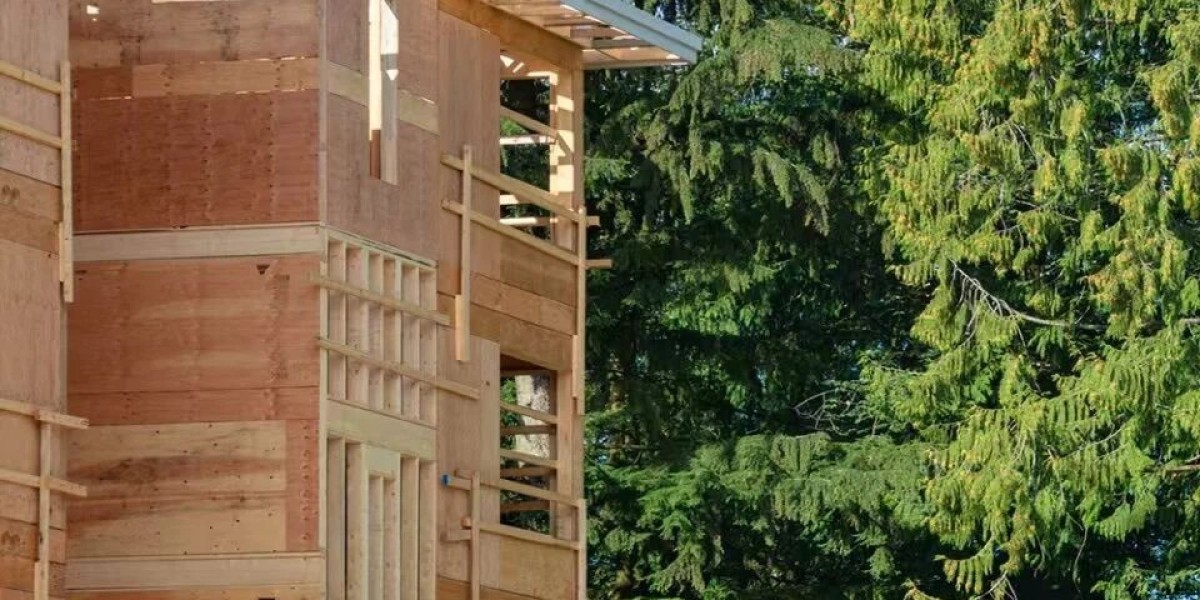Modern architecture demands materials that combine strength, versatility, and sustainability. Traditional building methods, relying heavily on concrete and steel, are being complemented—and in some cases replaced—by innovative wood-based solutions. Among these, Structural Wood Panels Formwork and laminated veneer lumber (LVL) are leading a revolution in how architects and builders approach construction. These engineered wood products not only provide structural integrity but also enhance design flexibility and environmental responsibility.

The Role of Structural Wood Panels Formwork
Structural wood panels formwork serves as temporary molds in construction, especially in concrete work. Unlike metal or steel formwork, wood panels are lightweight, easy to handle, and adaptable to a variety of shapes. They allow construction teams to achieve precise dimensions and smooth surfaces for concrete elements.
The advantages of structural wood panels include:
Ease of Installation: Quick assembly and disassembly reduce labor costs and project timelines.
Reusability: High-quality panels can be reused multiple times with proper maintenance, making them cost-effective.
Flexibility: Can be cut, shaped, or modified on-site to fit unique architectural designs.
This adaptability has made structural wood panels a favorite in modern construction, where creativity and precision are essential. From curved walls to complex slab designs, these panels provide both strength and versatility.
Laminated Veneer Lumber (LVL): Engineered Strength
While wood panels form the backbone for concrete shaping, laminated veneer lumber (LVL) is transforming structural applications in buildings. LVL is manufactured by bonding multiple layers of thin wood veneers with adhesives, resulting in a product with uniform strength and exceptional load-bearing capacity.
Key benefits of LVL include:
Consistency: Unlike traditional timber, LVL has predictable performance characteristics, making structural calculations more accurate.
Strength and Stability: Resistant to warping, twisting, or shrinking, LVL can support heavy loads over long spans.
Design Versatility: Ideal for beams, headers, floor joists, and other structural components, LVL allows architects to implement bold, open designs without compromising safety.
The combination of LVL and structural wood panels formwork enables builders to create complex architectural forms while maintaining structural integrity.
Indoor and Outdoor Applications
Engineered wood products cater to both interior and exterior needs. Indoor Structural Plywood is commonly used for walls, ceilings, and floors where moisture exposure is minimal. Its smooth surface is ideal for finishing and interior aesthetics. Conversely, outdoor structural plywood is treated to resist water, UV damage, and fungal growth, making it perfect for exterior formwork, scaffolding platforms, and temporary structures.
By integrating LVL with indoor or outdoor structural plywood, architects can achieve remarkable design flexibility. Large open spaces, cantilevered structures, and even curved forms become feasible with engineered wood solutions.
Sustainability and Environmental Impact
Modern construction increasingly emphasizes eco-friendly materials. Both structural wood panels formwork and LVL are sourced from sustainably managed forests, reducing reliance on steel and concrete, whose production is energy-intensive. Wood products also sequester carbon, contributing to a lower overall carbon footprint for buildings.
Additionally, the reusability of high-quality structural panels reduces waste on construction sites. As architects and builders adopt these materials, they not only achieve structural efficiency but also advance sustainable building practices.
Revolutionizing Modern Architecture
The combination of structural wood panels formwork and laminated veneer lumber has transformed the possibilities in modern architecture:
Innovative Designs: Curved walls, cantilevered beams, and open-plan layouts are easier to execute.
Efficient Construction: Reduced labor time and ease of handling speed up project timelines.
Sustainable Buildings: Using renewable, low-carbon materials aligns with green building standards.
Cost-Effective Solutions: Reusable panels and engineered wood reduce long-term material costs.
Conclusion
Structural wood panels formwork and laminated veneer lumber (LVL) are more than just construction materials—they are catalysts for modern architectural innovation. By offering strength, precision, flexibility, and sustainability, these engineered wood products allow architects and builders to push the boundaries of design while maintaining structural integrity.
From residential homes to large-scale commercial projects, the use of structural wood panels and LVL is reshaping how we envision and construct buildings. As the demand for eco-friendly, versatile, and durable materials grows, these wood-based solutions are poised to remain at the forefront of modern architecture for decades to come. https://www.shenggelvl.com/






